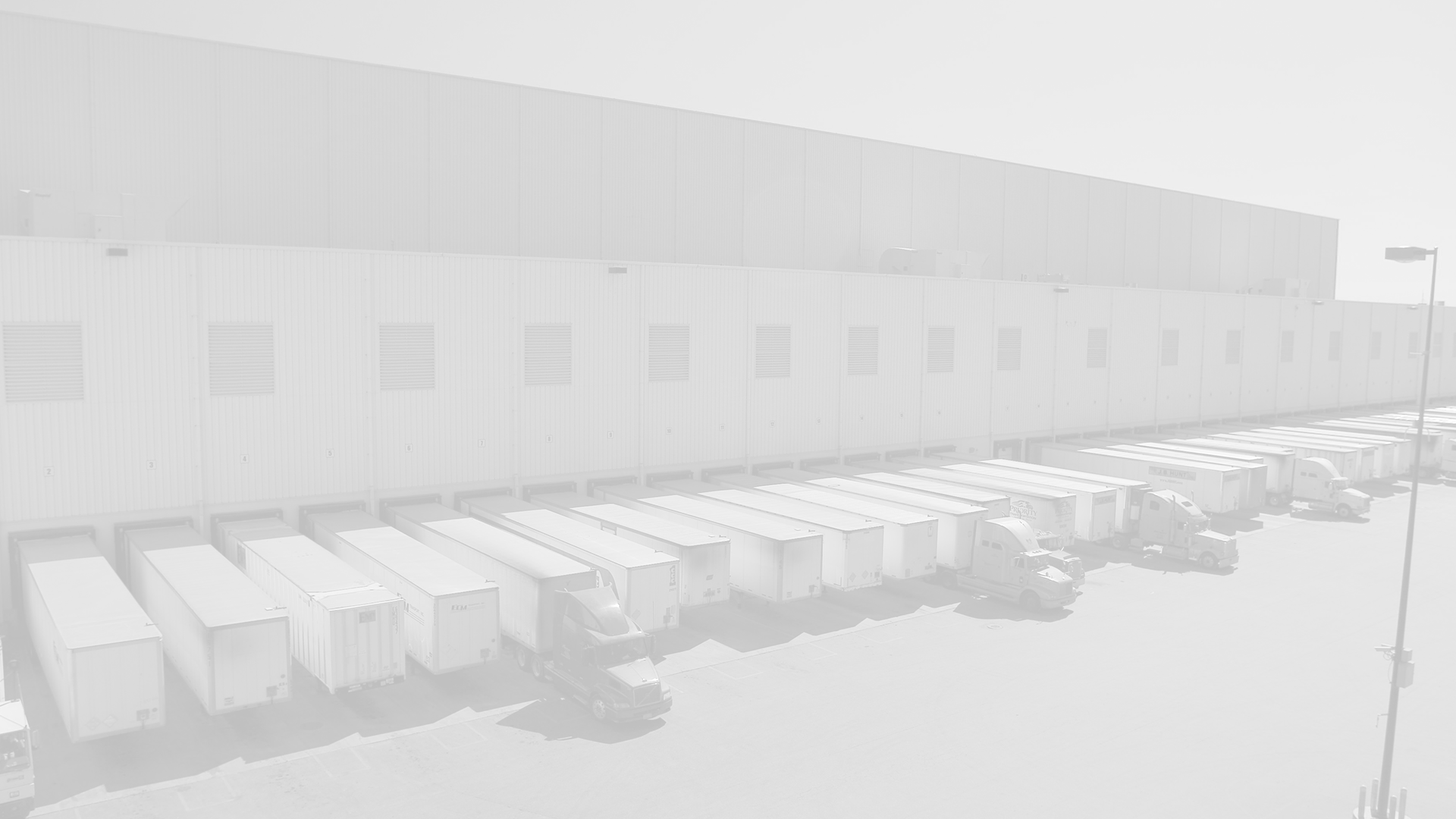The below is an excerpt from ES3’s “collaborate.grow.win. how smart devices create smart supply networks” whitepaper. Receive your copy today to understand the impacts of the convergence of the Internet of Things and the Physical Internet on retail’s future state.
The Physical Internet provides a global framework for collaboration, enabling scale and cost-savings. Designed to incorporate learnings from how packaged bits of data flow on the internet, the Physical Internet connects logistics systems through shared resources, collaboratively handling, storing, and transporting goods. Inventory is stored close to end users, shortening response times and increasing service levels. All users leverage the same platform, reducing costs and infrastructure.
Essentially, the Physical Internet is a shift to a many-to-many distribution network, a drastic change from today’s current strategy of distributing one-to-one. This shared distribution model allows manufacturers to quickly fulfill orders and lowers the cost of distribution. It is the internet for physical goods. Orders move quickly and efficiently, and the overall transaction costs are significantly reduced.
ES3 is a working example of the Physical Internet: its hub facility provides a collaborative platform that ships to and receives from multiple customers. Inventory is stored close to end users, shortening response times and increasing service levels. ES3’s connected and automated warehouse enables real-time tracking and monitoring of product movement and location. Additionally, the Physical Internet’s structure removes waste from the system. By sharing resources and making use of high-tech automation, less energy is expended, reducing waste and environmental impact. ES3 is also designed to be highly resilient, ensuring the facility is never down, keeping product flowing smoothly when consumers need it most. Just as the Physical Internet envisioned, ES3’s hub facility is economically, environmentally, and socially efficient and sustainable.
ES3’s northeast mixing center, which can be thought of as a Physical Internet “backbone facility,” has realized the benefits of the Physical Internet. ES3’s interconnected logistics hub, data systems, and distribution network provide a platform for shared facility use, moving product from manufacturers to retailers. The facility sorts inbound product into three areas, depending on its velocity. Fast-movers are unloaded to a flow-through area to be cross-docked, or rapidly selected. Medium-velocity products are stored in racking, until they are ready to replenish a pick slot, and slow-movers are sent to an automated case-pick area. This system reduces touches, which in turn reduces cost, and is highly efficient, saving time. On the outbound side, the magnitude of SKUs from a multitude of manufacturers provides enough variation in each order that trucks can be designed to create fully optimized loads, upwards of 42,000 case-adjusted weight (CAW).
ES3 enables the Physical Internet, the only way to support the speed desired and scale needed in order to serve today’s customers. ES3 consolidates inventory in one large group to support servicing stores or consumers directly, through innovative solutions. This increases delivery density, reducing cost per order. With ES3 and the Physical Internet, everyone wins, and retail’s future state is enabled.

